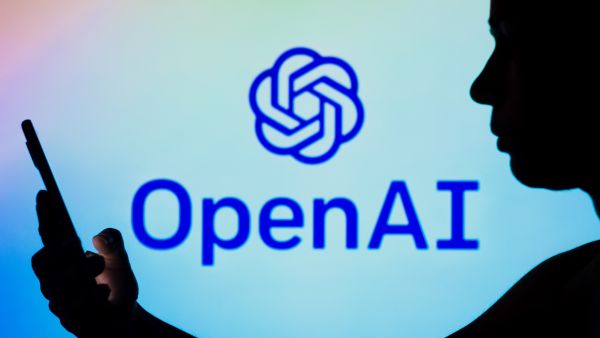ALBAWABA — Artificial intelligence research laboratory OpenAI on Tuesday launched its long-awaited update GPT-4, pushing the boundaries of a rapidly booming wave of AI even higher.
GPT-4 has been widely anticipated ever since ChatGPT burst onto the scene in late November, wowing users with its capabilities that were based on an older version of OpenAI's technology, known as a large language model.
OpenAI started selling access to GPT-4 so that businesses and other software developers could build their own applications on top of it and made it available for a $20 a month subscription accessing ChatGPT Plus.
“We've created GPT-4, the latest milestone in OpenAI's effort in scaling up deep learning,” a company blog said, adding that the AI technology “exhibits human-level performance” on some professional and academic tasks.
“We spent six months making GPT-4 safer and more aligned. GPT-4 is 82 percent less likely to respond to requests for disallowed content and 40 percent more likely to produce factual responses,” OpenAI said.
GPT-4 is a state-of-the-art system capable of creating not just words but describing images in response to written commands and its text responses will be more accurate and in future will come from both image and text inputs.
OpenAI said it was working with a partner company, Be My Eyes, to prepare the next advance.
“For example, if a user sends a picture of the inside of their refrigerator, the Virtual Volunteer will not only be able to correctly identify what’s in it, but also extrapolate and analyze what can be prepared with those ingredients. The tool can also then offer a number of recipes for those ingredients and send a step-by-step guide on how to make them,” OpenAI said.
Company executives said the company was not releasing the image description part of the technology right away to try and safeguard against any misuses or abuse.
OpenAI is backed by Microsoft, which earlier this year said it would finance the research company with $10 billion and integrate the technology into its Bing search engine, Edge browser and other products.
Microsoft announced on Tuesday that its Bing AI chatbot was using the GPT-4 technology since it was released last month.
OpenAI worked with Microsoft to develop a “supercomputer” from the ground up in Microsoft’s Azure cloud, which was used to train GPT-4 but the system still has its limitations and missteps.
“GPT-4 generally lacks knowledge of events that have occurred after the vast majority of its data cuts off (September 2021), and does not learn from its experience,” OpenAI said.
“It can sometimes make simple reasoning errors which do not seem to comport with competence across so many domains or be overly gullible in accepting obvious false statements from a user. And sometimes it can fail at hard problems the same way humans do, such as introducing security vulnerabilities into code it produces,” the company added.
OpenAI said it was looking forward to GPT-4 becoming a valuable tool in improving people’s lives by powering many applications, acknowledging that there was still a lot of work to do, while it was looking forward to improving this model through the collective efforts of the community building on top of, exploring and contributing to the model.
Google, Amazon, Baidu and Meta have all jumped on the AI bandwagon, each working on their own chatbot and AI technology.







